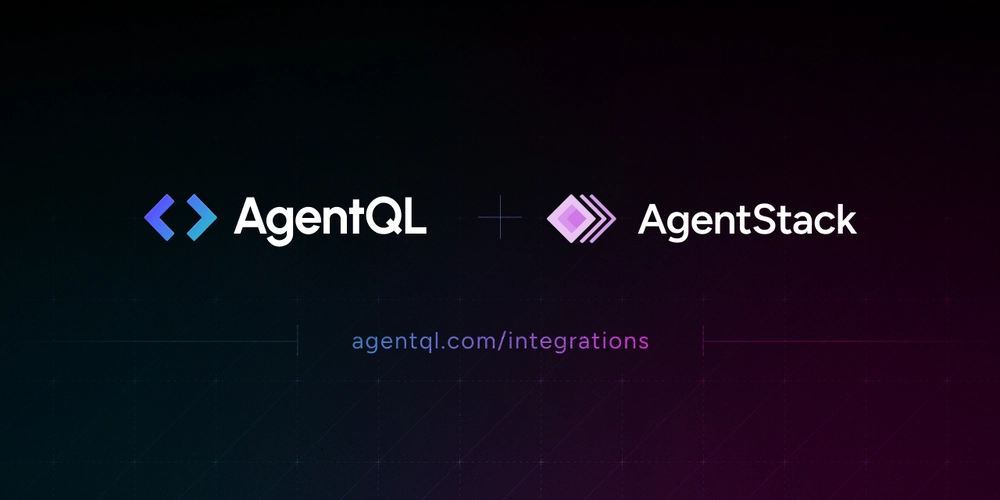How Enterprises Are Leveraging Azure ML for Predictive Analytics in 2025
Predictive analytics has become a game-changer for enterprises looking to stay ahead in a data-driven world. As businesses generate massive amounts of data, the ability to extract actionable insights is critical for decision-making, risk assessment, and customer engagement. Microsoft Azure Machine Learning (Azure ML) is emerging as a key player in this transformation, providing enterprises with scalable, AI-driven solutions for predictive analytics. In 2025, Azure ML will continue to evolve, offering more automation, integration, and real-time analytics capabilities. Let’s explore how enterprises are leveraging Azure ML to drive innovation and efficiency. Why Enterprises Choose Azure ML for Predictive Analytics 1. Scalability & Cloud-Native AI Azure ML enables enterprises to build, train, and deploy machine learning models at scale. With cloud-native capabilities, businesses can run predictive models on massive datasets without worrying about infrastructure limitations. 2. Automated Machine Learning (AutoML) AutoML in Azure ML simplifies the model-building process by automating hyperparameter tuning, feature engineering, and model selection. This allows businesses to deploy high-performing predictive models without requiring extensive data science expertise. 3. Seamless Integration with Enterprise Data Azure ML integrates with various Microsoft services like Azure Synapse Analytics, Power BI, and Azure Data Lake, enabling seamless data ingestion and model deployment across enterprise systems. 4. Real-Time Predictions with Azure ML Endpoints Enterprises are increasingly using Azure ML for real-time analytics. With REST API endpoints, predictive models can be deployed into production, providing instant insights for applications such as fraud detection, demand forecasting, and customer sentiment analysis. Enterprise Use Cases of Azure ML for Predictive Analytics

Predictive analytics has become a game-changer for enterprises looking to stay ahead in a data-driven world. As businesses generate massive amounts of data, the ability to extract actionable insights is critical for decision-making, risk assessment, and customer engagement. Microsoft Azure Machine Learning (Azure ML) is emerging as a key player in this transformation, providing enterprises with scalable, AI-driven solutions for predictive analytics.
In 2025, Azure ML will continue to evolve, offering more automation, integration, and real-time analytics capabilities. Let’s explore how enterprises are leveraging Azure ML to drive innovation and efficiency.
Why Enterprises Choose Azure ML for Predictive Analytics
1. Scalability & Cloud-Native AI
Azure ML enables enterprises to build, train, and deploy machine learning models at scale. With cloud-native capabilities, businesses can run predictive models on massive datasets without worrying about infrastructure limitations.
2. Automated Machine Learning (AutoML)
AutoML in Azure ML simplifies the model-building process by automating hyperparameter tuning, feature engineering, and model selection. This allows businesses to deploy high-performing predictive models without requiring extensive data science expertise.
3. Seamless Integration with Enterprise Data
Azure ML integrates with various Microsoft services like Azure Synapse Analytics, Power BI, and Azure Data Lake, enabling seamless data ingestion and model deployment across enterprise systems.
4. Real-Time Predictions with Azure ML Endpoints
Enterprises are increasingly using Azure ML for real-time analytics. With REST API endpoints, predictive models can be deployed into production, providing instant insights for applications such as fraud detection, demand forecasting, and customer sentiment analysis.











































































































































































![[The AI Show Episode 142]: ChatGPT’s New Image Generator, Studio Ghibli Craze and Backlash, Gemini 2.5, OpenAI Academy, 4o Updates, Vibe Marketing & xAI Acquires X](https://www.marketingaiinstitute.com/hubfs/ep%20142%20cover.png)




























































































































![[DEALS] The Premium Learn to Code Certification Bundle (97% off) & Other Deals Up To 98% Off – Offers End Soon!](https://www.javacodegeeks.com/wp-content/uploads/2012/12/jcg-logo.jpg)


![From drop-out to software architect with Jason Lengstorf [Podcast #167]](https://cdn.hashnode.com/res/hashnode/image/upload/v1743796461357/f3d19cd7-e6f5-4d7c-8bfc-eb974bc8da68.png?#)








































































































.png?#)

































_Christophe_Coat_Alamy.jpg?#)
 (1).webp?#)





































































































![Apple Considers Delaying Smart Home Hub Until 2026 [Gurman]](https://www.iclarified.com/images/news/96946/96946/96946-640.jpg)
![iPhone 17 Pro Won't Feature Two-Toned Back [Gurman]](https://www.iclarified.com/images/news/96944/96944/96944-640.jpg)
![Tariffs Threaten Apple's $999 iPhone Price Point in the U.S. [Gurman]](https://www.iclarified.com/images/news/96943/96943/96943-640.jpg)




































































































































